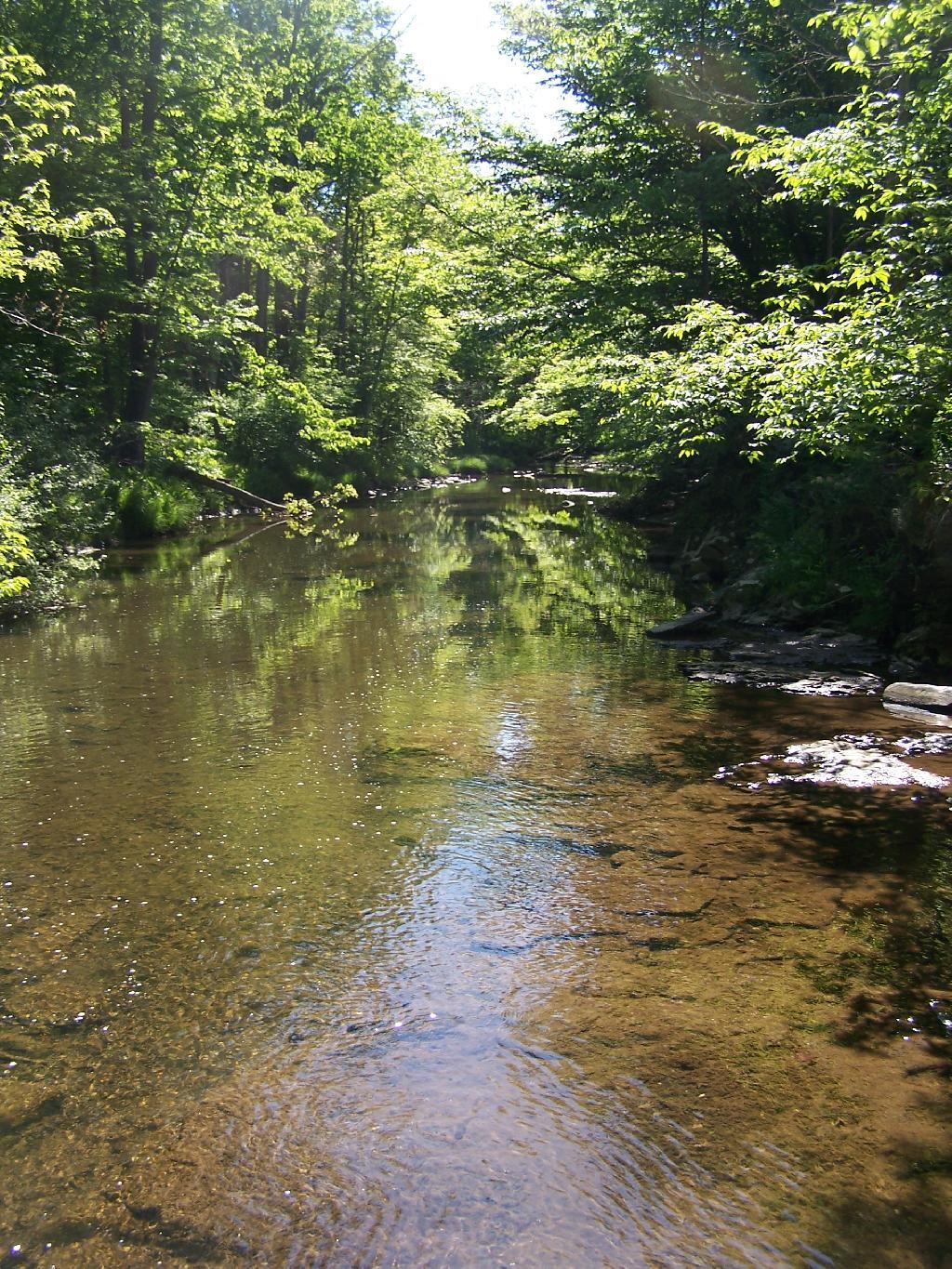Ash Stands On State Forests
For this map I queried the NYS DEC STANDS database to make a map of state reforestation lands that ash are the dominant tree species on. Ash you can see, there are ash stands on most state lands, with white ash most common in the southern part of the state, with a mix of green and black ash on state lands primarily north of the Adirondack Park. For viewing of the polygon layer, you may want to switch to satellite view.
Purple/White = White Ash Stand
Green/Green = Green Ash Stand
Blue/Dark Gray = Black Ash Stand
Data Source: DEC State Land Forest Stands. DEC State Land Forest Stands Polygon data showing forest cover types delineated by state foresters on DEC state land. Balloons added to make easier to see. http://gis.ny.gov/gisdata/inventories/details.cfm?DSID=1356


